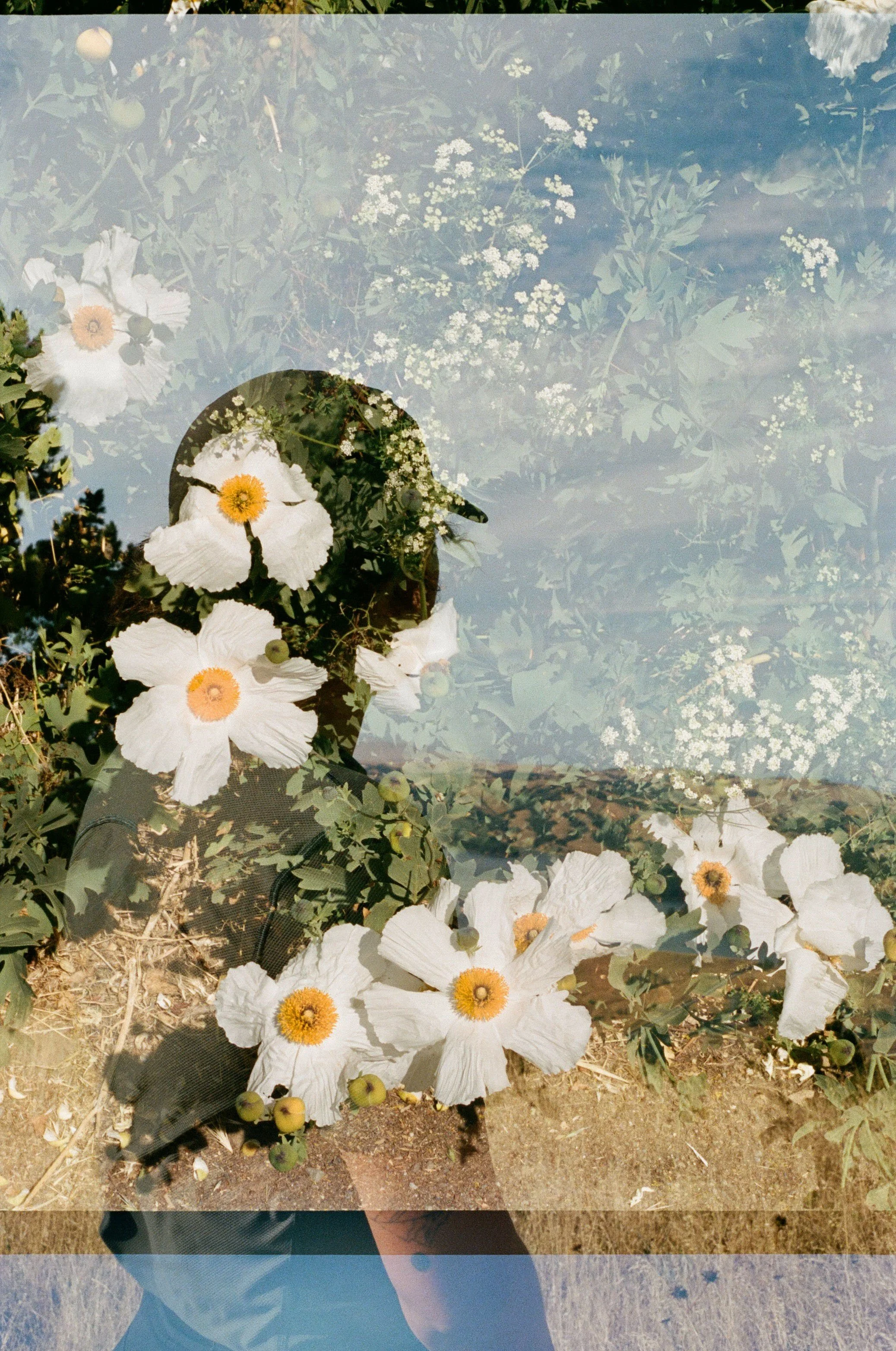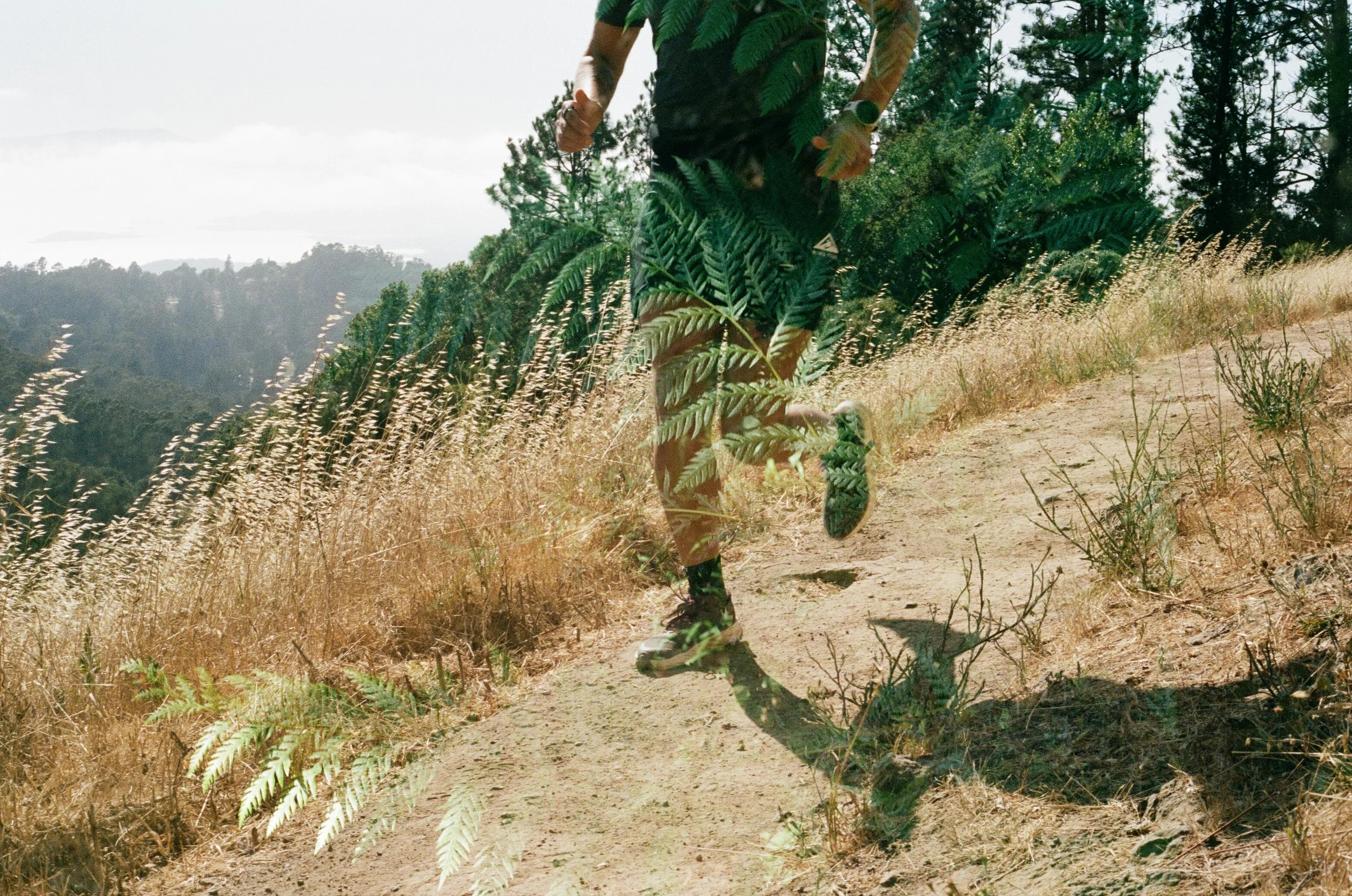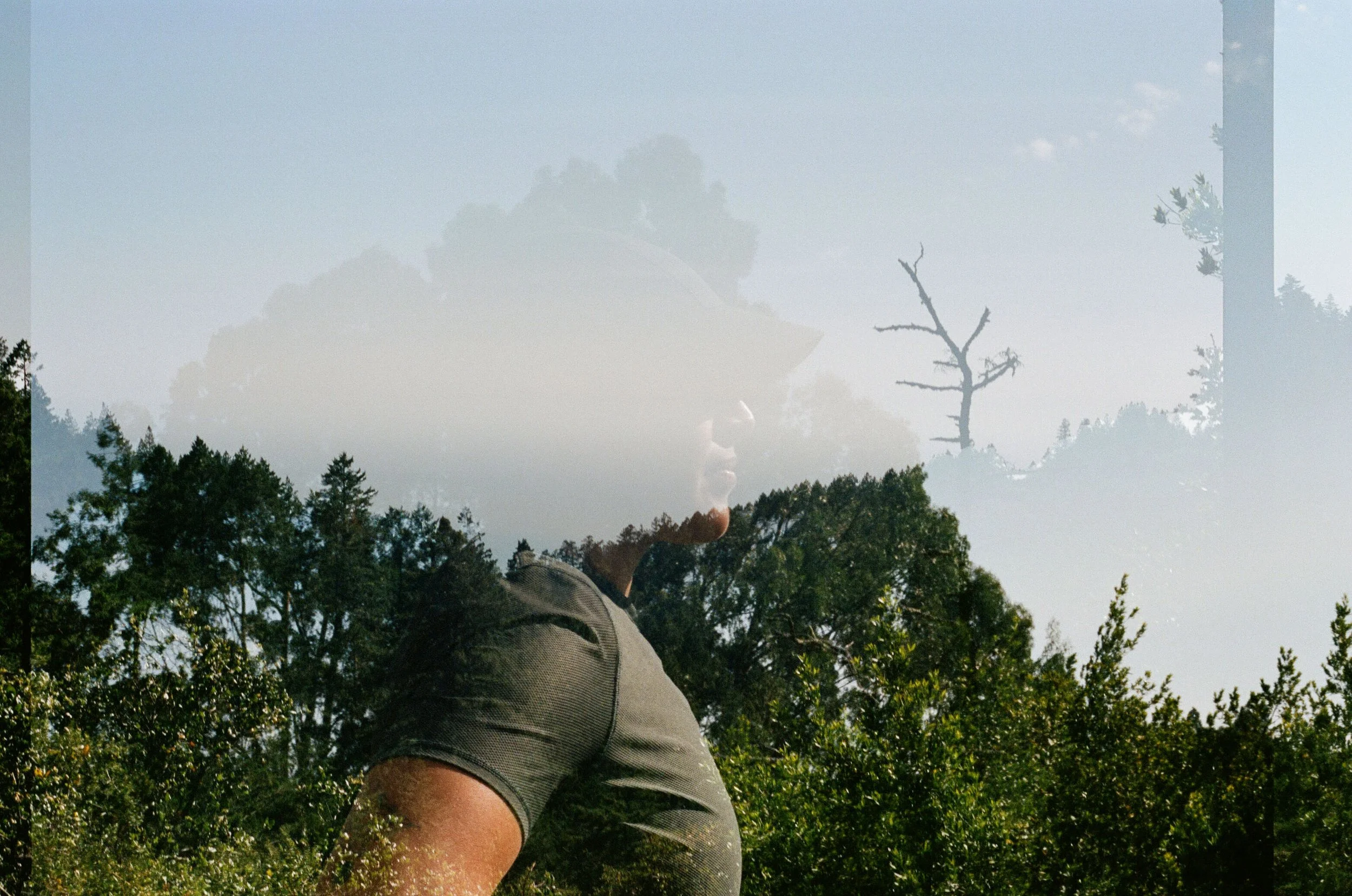Strive to Care: Creating a Running Culture with Less Ego and More Awareness
During a run one morning a thought came to me as my friend and I were discussing how our culture’s lack of care has seeped into running culture and how capitalism is destroying everything we love—you know, the typical conversation you have with your runner friends. I told her that I had been considering the idea that how we care for ourselves as runners is how we care for the environment and places we run. She actually finished my sentence with me because we’re on the same wavelength like that. But consider this—we ALL know someone who pushes through a pain they’ve been having when they know they shouldn’t, or someone who is always pushing to run faster, run further, run harder, someone who is always coming back from an injury. To be honest, most of us have likely been this person at one point, which leads to the obvious question, why? I think the obvious answer is our ego. We want the kudos, the local legend status, we want to see the monthly vert and high weekly mileage. Even if we say those things aren’t important to us, in a small way they are, right? Right? Be honest. But there is a new trend I am seeing from my friends on Strava and I am here for it. In the description box I am seeing friends describe the fog collecting on the ends of pines, or the shade of pink the sunrise was as they ran along the bay, or how during a 100k race my friend saw the butterfly version of the caterpillar they made friends with a few weeks before. I mean, come on. If tech is here to stay, let’s bring more life to it and less ego. And if anyone knows the folks at Strava, can we talk about an iNaturalist type function on the app that is intended to be the social network for “those who strive” and possibly expand their definition of strive?
I strive to learn who I am running with out on the trails. And I don’t mean flybys of other athletes on the app—I mean who is that big white delicate flower, that also kinda looks like a fried egg, at the Skyline Gate Staging Area? (The matilija poppy if you’re interested). And who are the rocks and streams and creeks we run over as we run the streets of Oakland? (Oakland Geology is an amazing resource that has a lot of that information). All of this to say, when my friend and I were discussing how we care for ourselves as runners is a reflection of how we care for the land we run with, my mind went to my friend Rebecca. During the last few months of 2021 I decided I wanted to run an ultra and I knew I needed a coach. I was referred to Rebecca, who was described to me as someone who is “very sweet and chill but don’t let it fool you because she is a badass on the trails.” I took that to mean she runs far and runs fast, which is true, but I would also find out it means she respects the trails and cares about them. She is also one of a handful of people I know who respects, cares, and listens to her body when it comes to her running practice. She is humble. All of which are trends I’d like to see more of within running.
“For me I chose to run more on trails because I feel more connected that way. More connected to both myself and nature. Even when I first started running marathons I would do my long runs on trails because I enjoyed it way more. It was very stimulating to me mentally and I always felt very accomplished, but also there were so many fewer distractions but your mind is still equally engaged. When I'm running on the road my mind is always buzzing with things like, is there a car? Is there a person? Is someone pulling out of their driveway? What’s going on with this bike? It is a more heightened awareness in terms of danger, but when I'm on the trail it's like, oh there's the rock that I had to step over, and there's the creek that I had to pass. And, oh wow the light is so beautiful through those trees! And oh my gosh the flowers are popping up which means spring is really here! I can connect to the seasons and those little things [I notice] are so much more gratifying to me.” Rebecca’s face lights up when she talks about what she notices while she is running trails, and I begin to consider time as she talks about the connections she feels while out in nature. And not linear time in the colonized, clocking in for your 9-5 sense, rather cycles of the seasons and cycles of our lives and cycles of our training. When I bring this up Rebecca suggests, “You could venture to say that it is just like going back to your roots. As someone who studied anthropology in college it definitely brings up those thoughts of who we are meant to be as humans. Those are the things that we're meant to be cued into—the state of nature. There is definitely a part of me that feels very connected to that and celebrating the process of nature, the process of how we exist and spend the seasons of our lives.” Seamlessly making the connections to running culture, she goes on to say, “I think a lot of people don’t cue into that themselves. People say, ‘I'm going to train for races all year,’ and they think if they aren’t doing it they aren’t reaching towards any goals. And I think many runners are so goal-oriented that it's really hard to think about your goals not just as you’re progressing towards something that is more physical, or faster, or further, but that your goal can also be recovering as well as you can and giving your body exactly what it needs to accomplish your next race goal, right? For me, recovery is just as important as my long run. It's taken a while to get more in tune with my body to know what to give it, and that's critical because [runners] aren’t thinking enough about that.”
As Octavia E. Butler says, “the only lasting truth is change” and change is a part of running, whether we acknowledge it or not. In discussing this, Rebeca says, “Your body changes all the time, work conditions are changing, environmental conditions [are changing]. There are so many things that you have to adapt to as life changes, so it is crazy that we hold ourselves to [specific] standards and think that we're going to hit them all every day when that is impossible.” She notes the importance of planning as well as flexibility as things come up—traveling for work, unexpected sickness, the general exhaustion of living in a capitalist society, the sadness and depression of seeing continuous environmental harms being done…you know, the norm. Yet flexibility and adapting may be hard to prioritize when how you are perceived is what is most important to you. “If you want to be perceived on social media as someone who's always pushing through (the kudos, the comments, the likes on your photos—the quick dopamine hits) you get praised for pushing through crazy things. It took me a while to be like, you know what, I don't have to finish this race. I'm gonna be okay if that happens.” Rebecca notes a time when she was running a 50k and her knee swelled up and realized she had a few options. She could walk the rest of the race, or she could stop. She chose the DNF, “That was a really hard choice but after I made it I felt better. I survived, and it turned out nobody really cared,” she says laughing. “I think I learned a big lesson.” Again, every thing changes. Nothing is permanent. It would be helpful to set our egos aside and remember and embrace the impermanence. Enjoy the victories and move on. Mourn the losses and move on. That isn’t to say we can’t celebrate and take pride in our runs and races, or be bummed when we didn’t hit a race goal, but what more could running be if we didn’t define it by all the metrics we are told should matter to us?
“Sometimes if I’m not really sure what I want to run, I ask myself, ‘If you didn't have a watch or strava or anything but the sun or just a general sense of time, how long would you go run right now?’ and usually it's an hour or an hour and a half, so then I do that and I'm like, that felt great! That was a nice choice for me. But I still have my watch and I still have to separate all these things, right? We want the run to be “official”—that's what all this technology is about. And now Strava is telling us when we get a PR on a segment and hate it! I hate it because we cannot be getting better every time. That's so unrealistic!” Not only is this unrealistic, it perpetuates the idea that we are in constant need of self-improvement or self-optimization. On first glance one might think it is a good thing to want to improve—to always do our best. Yes, and no. No when our culture profits off the idea that we need to optimize every aspect of our lives. No when our culture tells us we must always be doing, and accomplishing, and that progress is linear and tells us the “right way” to do it. There are many ways we can do good things and contribute to good in the world. Personally, I believe it starts with awareness of the reality of—gestures widely—the way things are. Which is so broad, I know, and can mean different things to different people (ha!). But… maybe we can narrow it down by deciding we want to do the most good for the most living beings while doing the least amount of harm. If we decide on those things, can that lead to awareness that we don’t want to be individualistic about improving or about creating good? And can that help us be aware that if runners say they care about where they run and the trails they run on (though, I’d phrase it as trails we run with) then we have to listen to our bodies, and hearts, and minds, and remember taking care of ourselves is part of the practice. Maybe this is one way we can push ourselves to do better and do more—more miles, faster splits—and we all know these things are more fun when doing them with the people we chose to run with.
Taking it back to this Strava trend I have noticed amongst the people I chose to run with, sharing in the description box what they see during their runs—that is an awareness of the reality of the way things are and an appreciation and respect for the trails and land we run with. That is bringing life to tech. Literal life when Rebecca shared on her Strava, from the Miwok 100k she ran earlier this year, that a notable part of the race was, “seeing the butterfly version of the caterpillar I made friends with a few weeks ago.”
A note on the photos:
Images of ferns, golden rolling hills, coastal redwoods, and other photos of more than human world were taken at Mount Tamalpais State Park, and Reinhardt Redwood Regional Park. Photos of Rebecca taken at Tilden Regional Park.
I chose Mt. Tam because much of the land around this mountain is where Rebecca had a recent race (Miwok 100k). This area also reminds me of Rebecca in a way because I spent A LOT of time training out here for a 50-mile race, and she coached me through that training—along with the best race day I could have asked for taking on 50 miles for the first time. With my experiment of double exposure images I hope to show the interconnectedness of our lives with the living world around us. We are not separate from nature, we are nature, we are where we run, and how we take care of ourselves is a reflection of how we take care of the places we run.




